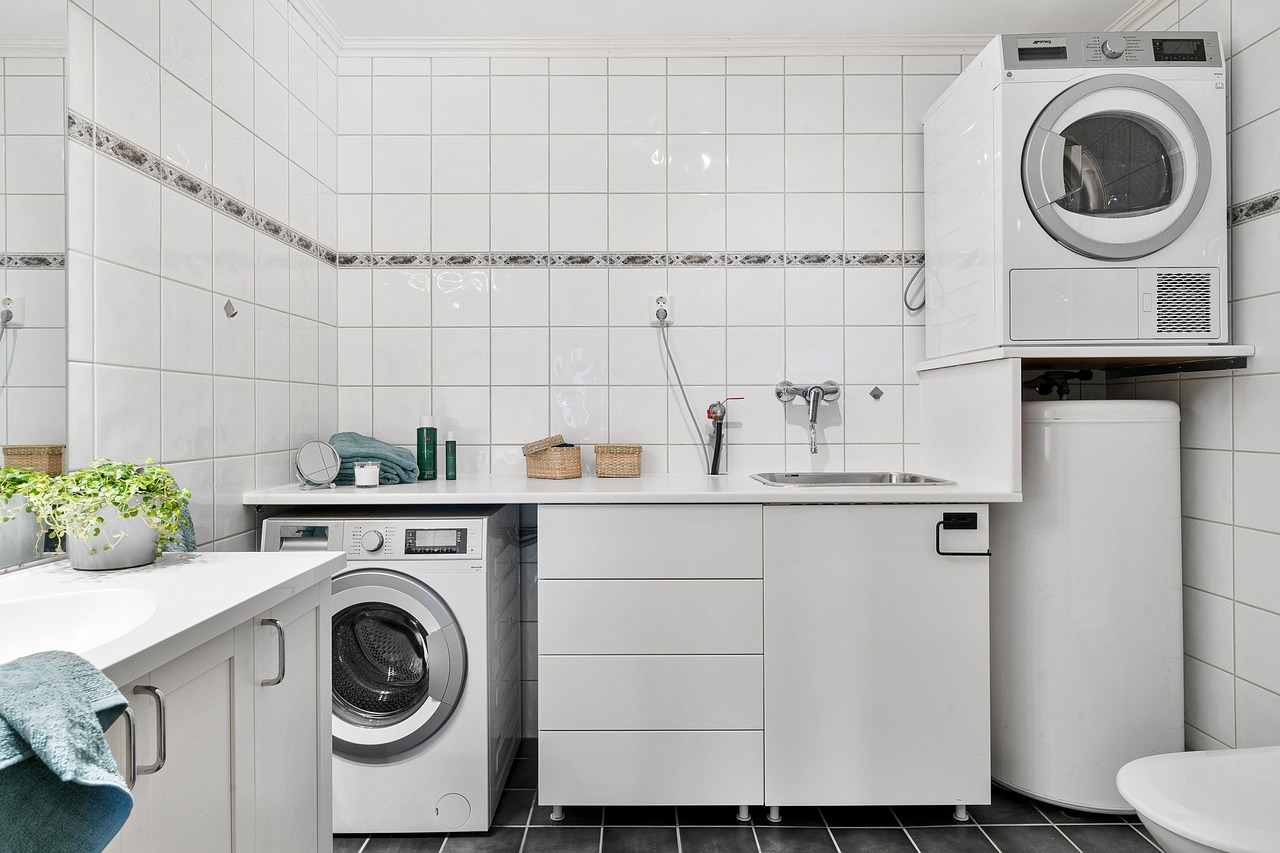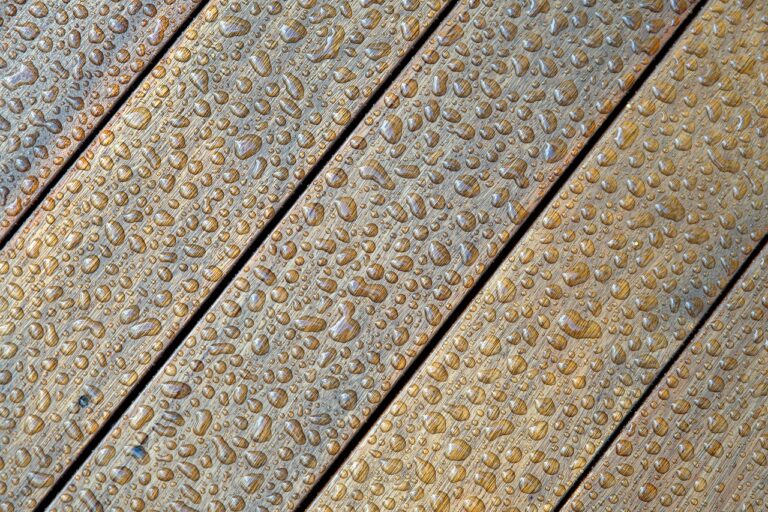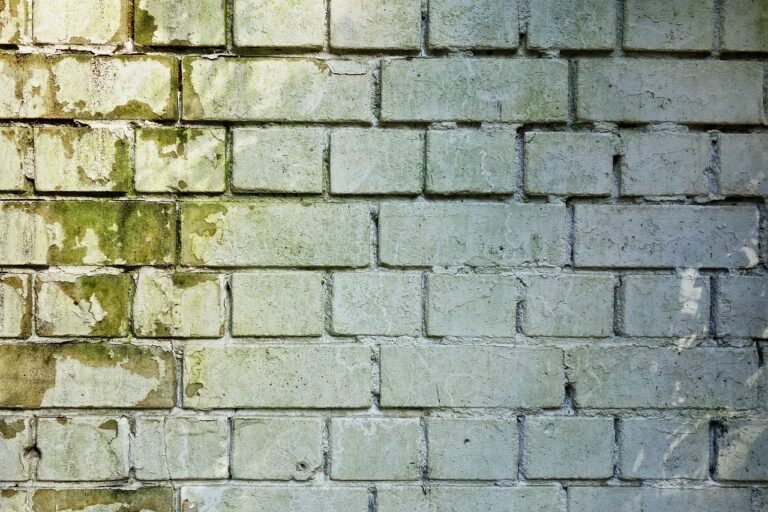Water damage is a common issue that many homeowners face, and it can wreak havoc on your property if not addressed promptly and effectively. While some areas of your home may be easily accessible for repairs, there are certain hard-to-reach areas that require extra attention. Here, we will explore the challenges of addressing water damage in these areas and provide helpful tips to mitigate the damage.
1. Crawlspaces and Basements
Crawlspaces and basements are notorious for water damage due to their low-lying nature. These areas are often damp and prone to flooding, making them a breeding ground for mold and mildew. The first step in addressing water damage in these areas is to identify the source of the water intrusion. It could be from leaking pipes, poor drainage, or even groundwater seepage. Once the source is identified, it’s crucial to fix the issue to prevent further damage.
To address water damage in crawlspaces and basements, consider the following steps:
- Ensure Proper Ventilation: Adequate airflow is essential in preventing moisture buildup, which can lead to mold growth. Install vents or fans to improve ventilation in these areas.
- Install a Sump Pump: A sump pump is an effective way to prevent water from pooling in your basement or crawlspace. It automatically pumps out excess water, keeping these areas dry and free from water damage.
- Waterproofing: Applying a waterproofing sealant to the walls and floors can help prevent water from seeping into these areas. Consider consulting a professional to ensure the proper application of waterproofing materials.
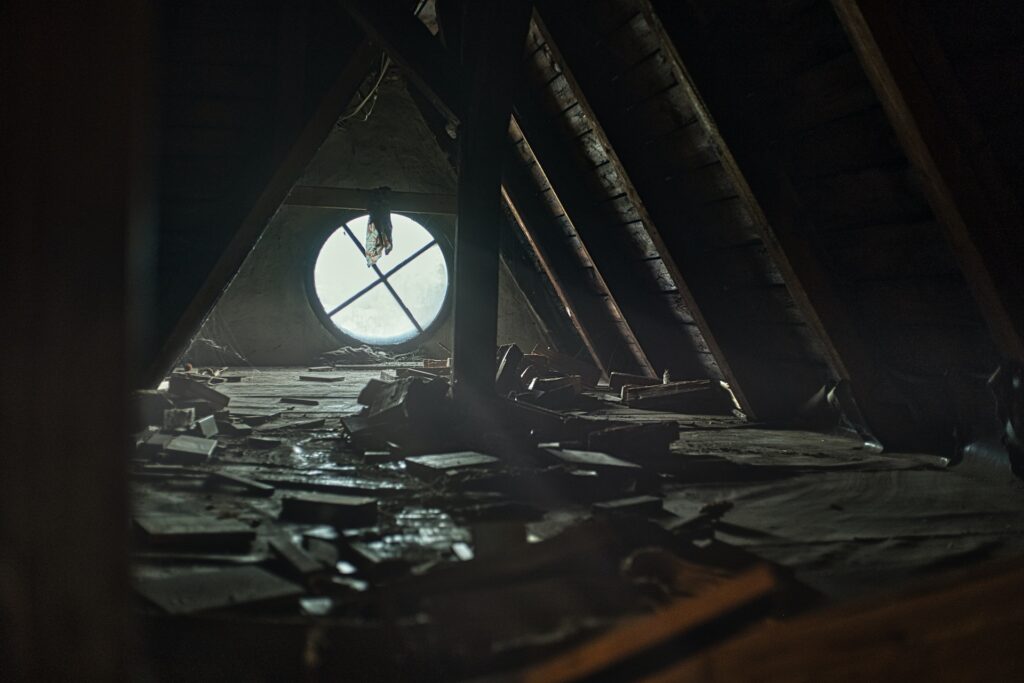
2. Attics
Attics are another hard-to-reach area that can be prone to water damage. Roof leaks, condensation, or even improper ventilation can lead to water accumulation in your attic, causing structural damage and promoting mold growth. Here are some steps to address water damage in attics:
- Inspect the Roof: Regularly inspect your roof for any signs of damage, such as missing or damaged shingles, cracked flashing, or clogged gutters. Addressing these issues promptly can prevent water from entering your attic.
- Improve Attic Ventilation: Proper ventilation in your attic helps to regulate temperature and control moisture levels. Consider installing vents or fans to promote air circulation and prevent condensation.
- Check Insulation: Insulation plays a crucial role in preventing heat transfer and condensation buildup. Ensure that your attic insulation is in good condition and replace any damaged or inadequate insulation.
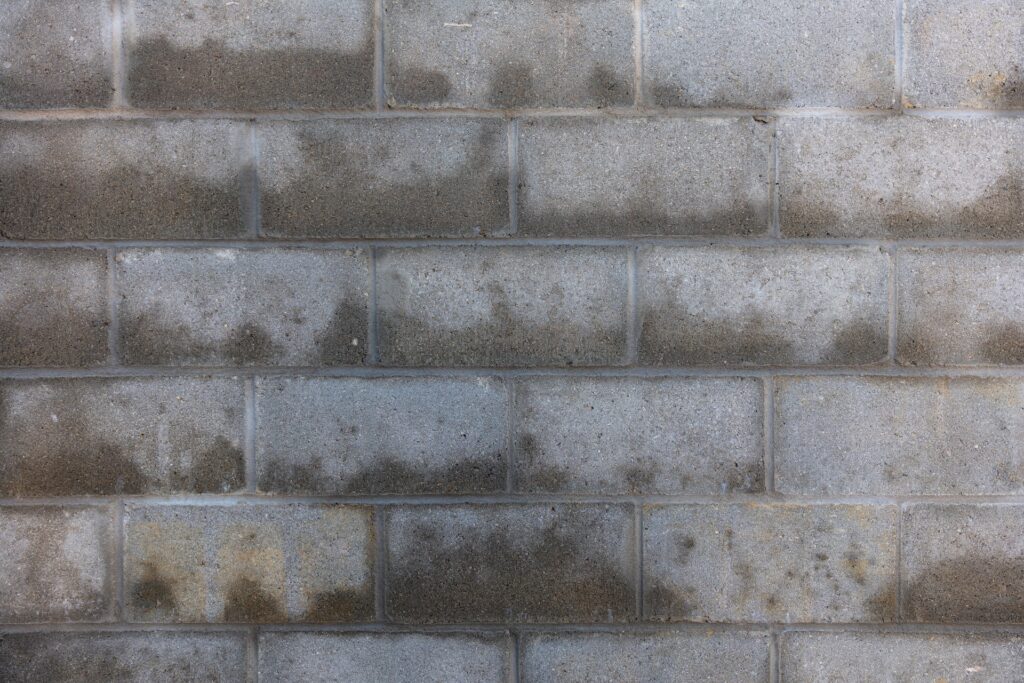
3. Wall Cavities
Water damage in wall cavities can go unnoticed for an extended period, leading to mold growth, structural damage, and even compromising the integrity of your home. Identifying and addressing water damage in these areas may require professional expertise, but here are some steps you can take:
- Look for Signs of Water Damage: Discoloration, bubbling or peeling paint, musty odors, or sagging walls can indicate water damage in the wall cavities. If you notice any of these signs, it’s crucial to take action.
- Use Moisture Meters: Moisture meters can help you detect hidden water damage within the walls. These devices can measure the moisture content of the materials, indicating the presence of water.
- Consult a Professional: If you suspect water damage in your wall cavities, it’s best to consult a professional contractor or water damage restoration specialist. They have the expertise and equipment to identify and address the issue effectively.
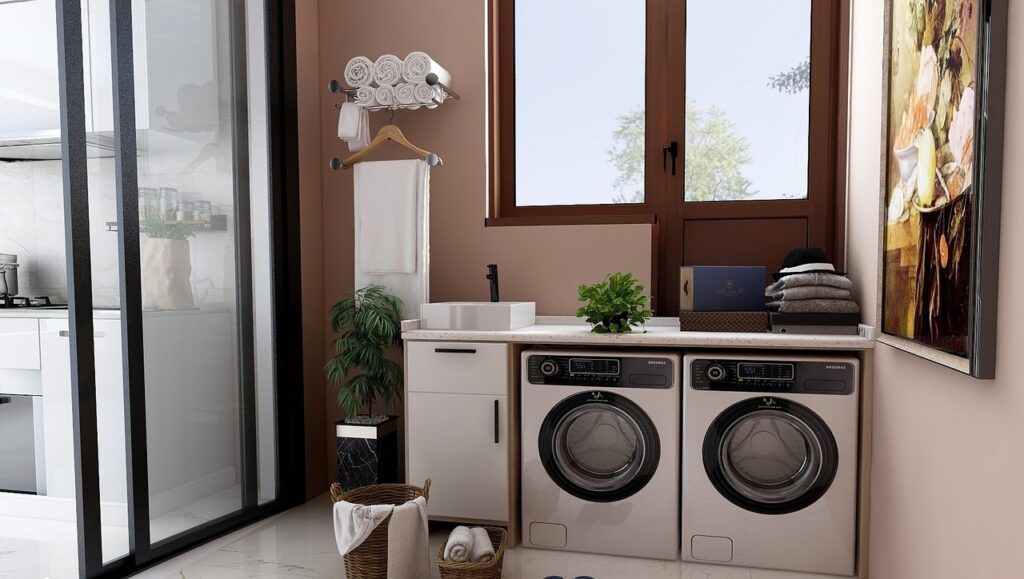
4. Behind Appliances
Spaces behind appliances are another hard-to-reach area that can be prone to water damage in the home. Whether it’s a dishwasher, refrigerator, or washing machine, these areas are often overlooked during routine cleaning and maintenance. However, leaks or spills can occur, leading to water accumulation and potential damage to the surrounding walls or flooring. To tackle water damage, here are a few steps to consider:
- Regular Inspection: Make it a habit to periodically inspect the areas behind your appliances for any signs of leaks, moisture, or damage. Look out for discolored or warped flooring, musty odors, or visible water stains.
- Proper Maintenance: Ensure that appliances are properly installed and maintained to minimize the risk of water leaks. Check for any worn-out hoses, loose connections, or faulty valves that might contribute to water damage.
- Adequate Ventilation: Promote air circulation and moisture control by keeping the space behind appliances well-ventilated. Consider installing vents or fans to reduce condensation and humidity levels.
- Prompt Action: If water damage is detected, take immediate action to remove the water, dry the area, and address any underlying issues. Consult a professional if needed to ensure proper remediation and prevent further damage.
The Bottom Line
In conclusion, addressing water damage in hard-to-reach areas of your home requires careful attention and timely action. By identifying the source of the water intrusion and taking appropriate measures to mitigate the damage, you can protect your property and prevent further issues. If you’re unsure or unable to address the water damage yourself, it’s always wise to consult professionals who can provide the necessary expertise and assistance.

